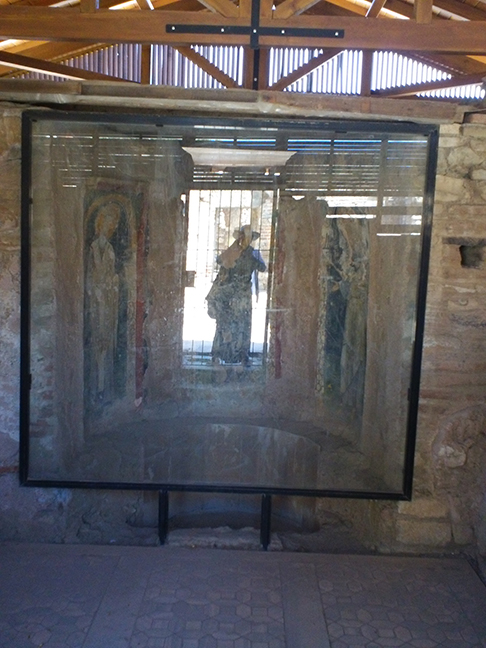
MANY FACES OF LOVE The love story of 6thCentury Byzantine Emperor Justinian and his Empress Theodora is legendary.
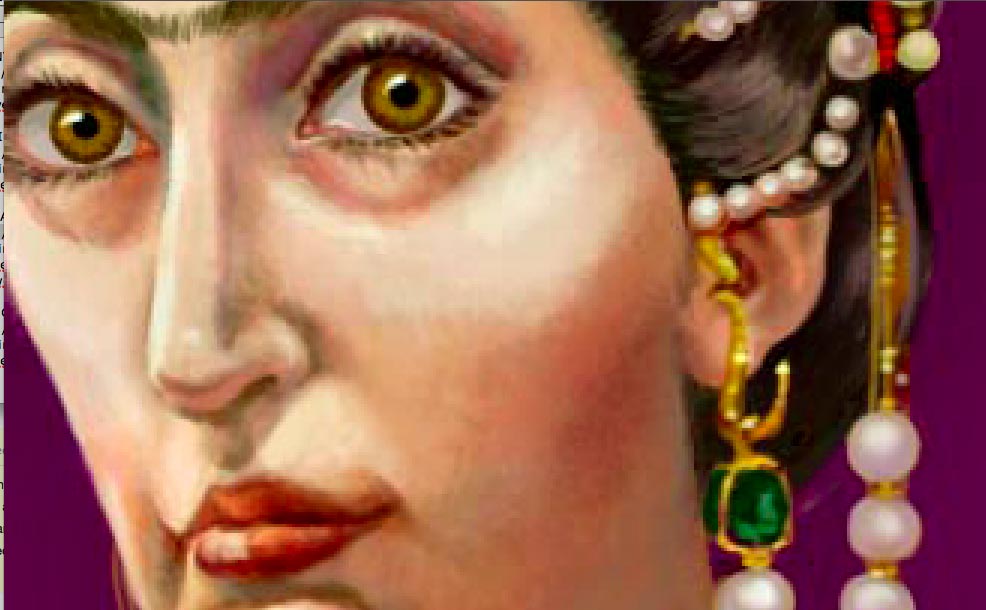
The basilica has Theodora’s name all over it, in monograms of capitals on the columns, in the very walls. I find this poignant, as Theodora died in 548 and was buried in Holy Apostles long before St John’s was finished: in 565, the year Justinian died. St John’s Basilica was built by Ephesians under Justinian’s edict. Emperor of the greatest High Byzantine monuments, he was a bloody, tax-levying, hubris-ridden autocrat, but it is not farfetched to imagine him lost in contemplation of a reunion with the most compelling of Empresses.
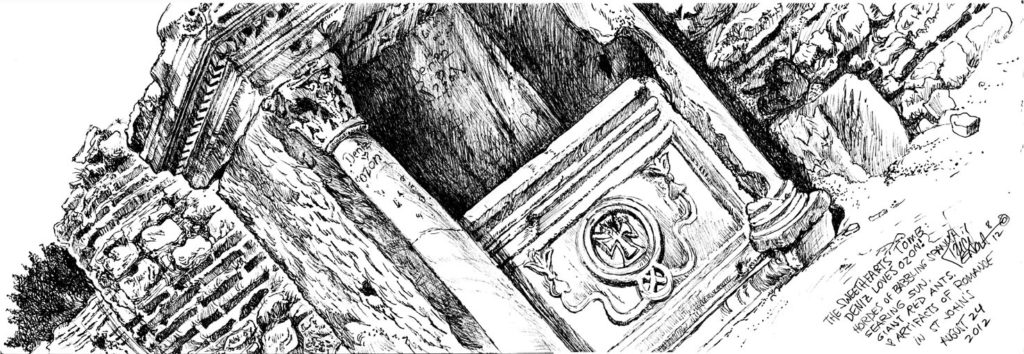
Battered but miraculously whole amid the wreckage, this is supposed to be a tomb that was turned into a fountain. I sat on a rock in dwindling black shadow and drew it for about two hours. Had to finish the wall behind it from a photo, as the sun was killing me. This has all the earmarks of a lovers’ landmark for generations of Selçuk teen-agers. The graffiti is all about love, and from the number of postings, I’d say Deniz and Ozon must have had one hell of a romance. The tomb has since been cleaned of all graffiti, but I hope those two are still at it.
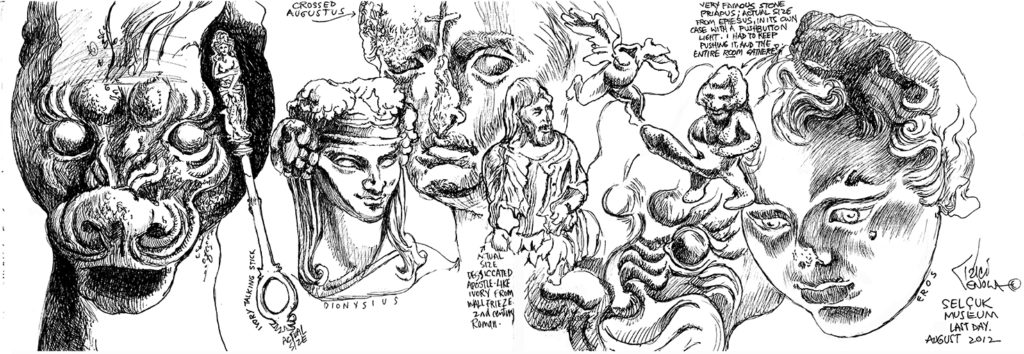
The Selçuk Museum has all kinds of imagery: lions, dolphins, emperors, warriors and saints, and love in all its forms. Right in the middle of the drawing above is this juxtapositon: Augustus with a cross cut in his forehead, and an Early Christian-like Roman, flanked by Dionysius, a headless angel, a jocular little Priapus, and an exquisite face of Eros. Now where else are you going to see all that at a glance?
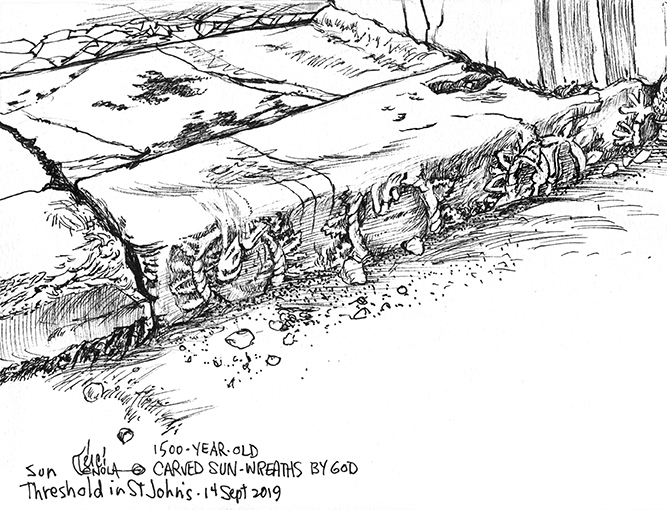
It’s all here: Storks, aqueduct, ruined temples, ancient and modern Goddesses, the Tomb with its shifting dust, the memories of vanished romances. The people of Selçuk keep it all alive. In this place of sainthood and miracles amid reverberating female power I drew this lady, Karim Hanim, who lives just around the corner from that longshot of the Citadel and St John’s. I met her through my lovely friend Frances, who lived here for years and speaks fluent Turkish. Karim Hanim worked her whole life. She posed for me in her home, surrounded by children and grandchildren, on the Bayram, the holy day following Ramazan. Of course I drew the patterns later from photos, to save our precious time for her hands and feet and presence, her face. For some reason, drawing her made me cry.
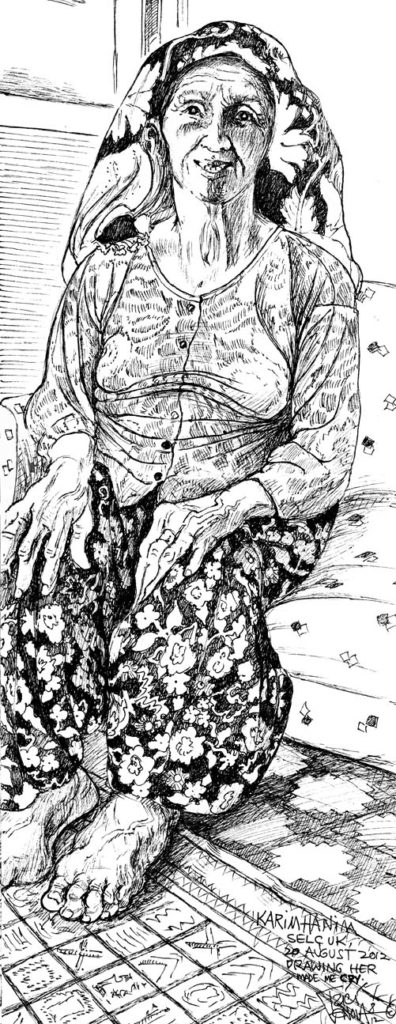
END